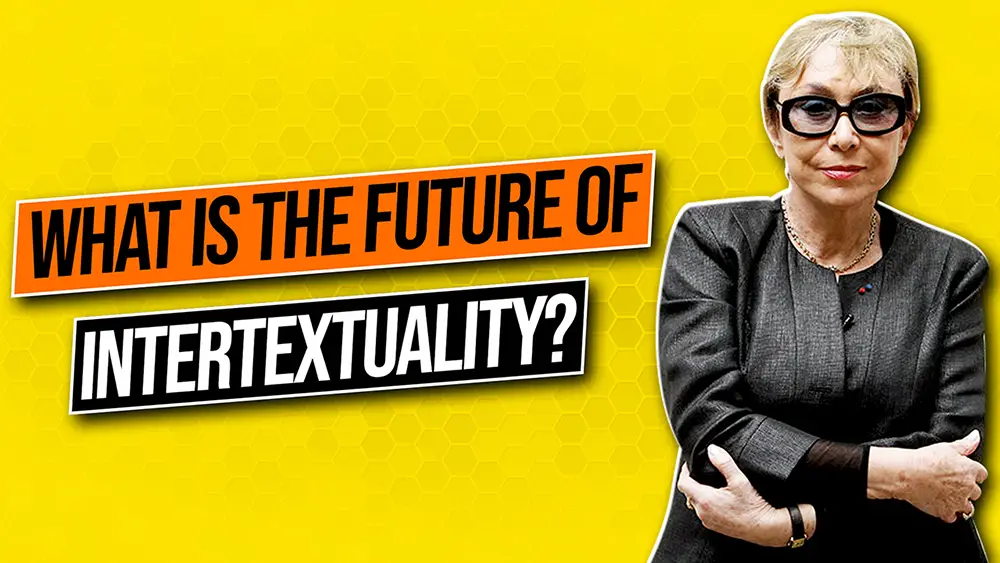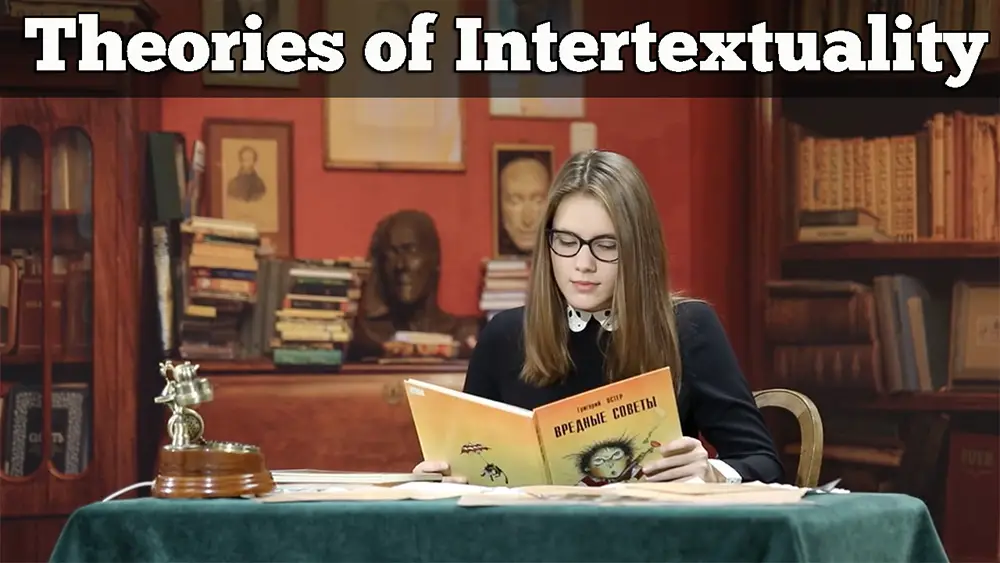Intertextuality is a useful tool which enables the reader to better understand texts. Since cultural debates never cease, it is possible that in the future new theories or new trends can be assimilated to the term of intertextuality.
In this article I will briefly look at the concept of intertextuality and its problematic applications.

Whether part of the structuralist or post-structuralist movements, theorists of intertextuality state that all texts are potentially plural, open to the reader’s interpretations, without definite boundaries.
Intertextuality can be discussed on many different levels. When analyzed closely, the choice of a specific title, a certain kind of music, or a particular way of moving a camera in films provide examples of intertextuality.
Intertextuality calls attention to the importance of prior texts, insisting that a work has the specific meaning it does because certain works have preceded it.
However, according to Jonathan Culler, a Professor of English and Comparative Literature at Cornell University, the study of intertextuality is not only the investigation of sources and influences. In his book “The Pursuit of Signs: Semiotics, Literature, Deconstruction” (2002) Culler writes that intertextuality includes a wider net of connections between authors, readers, society, history, and culture.
As Gunhild Agger, an Emeritus Associate Professor in the Department of Culture and Global Studies at Aalborg University in Denmark, suggested in her research that the concept of intertextuality is both indispensable and problematic.
First, it is indispensable because it points to the research on the nature of the relations among texts. Second, it is problematic because it is often connected only with Julia Kristeva’s attempt to call into question concepts of the work and the author, and because its very application requires the development of subdivisions and various typologies like Gérard Genette’s transtextuality.
Watch the video presentation about intertextuality:
Further reading: My intertextual study The Matrix and the Alice Books looks at the way Lewis Carroll’s Alice’s Adventures in Wonderland and Through the Looking-Glass have influenced some of the ideas put forth by Andy and Larry Wachowski. The book is now available as a Kindle ebook too.


